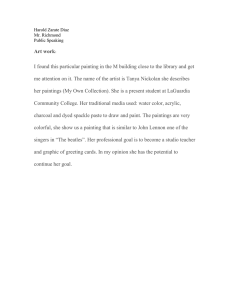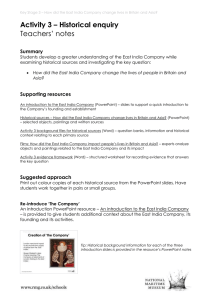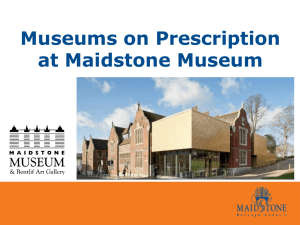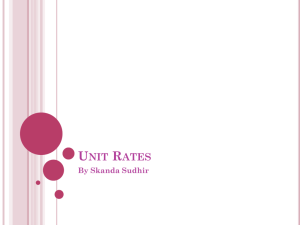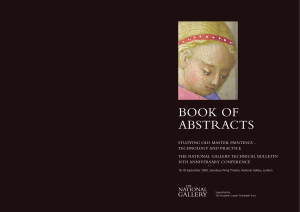ks3-activity2-teachers-notes-v3.doc
advertisement
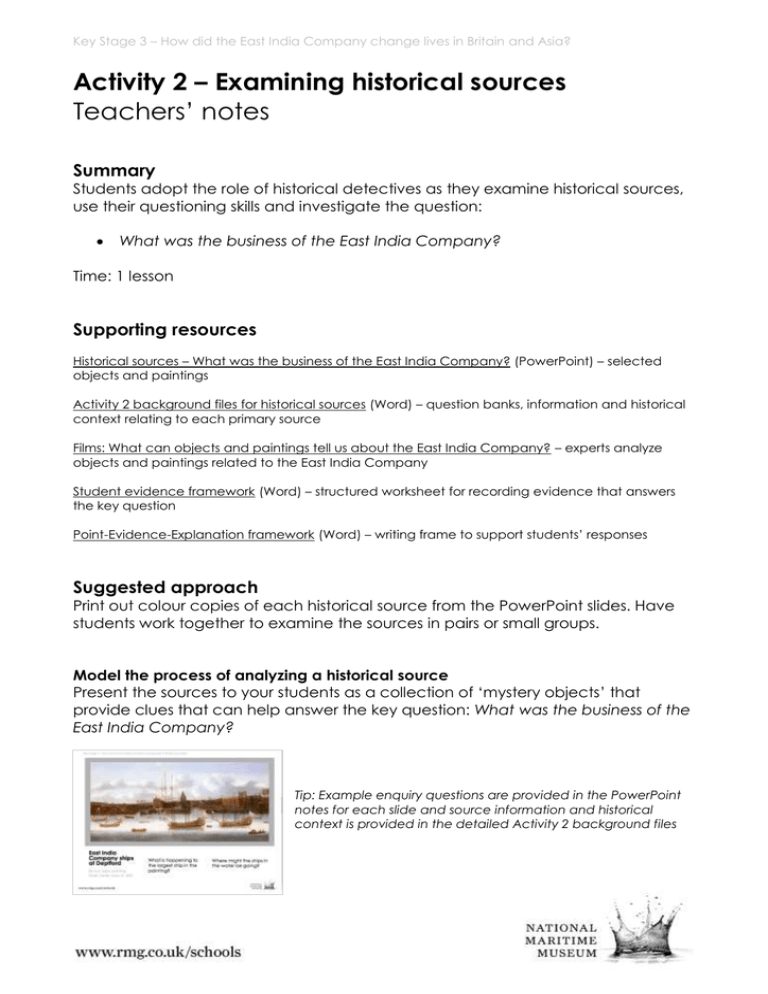
Key Stage 3 – How did the East India Company change lives in Britain and Asia? Activity 2 – Examining historical sources Teachers’ notes Summary Students adopt the role of historical detectives as they examine historical sources, use their questioning skills and investigate the question: What was the business of the East India Company? Time: 1 lesson Supporting resources Historical sources – What was the business of the East India Company? (PowerPoint) – selected objects and paintings Activity 2 background files for historical sources (Word) – question banks, information and historical context relating to each primary source Films: What can objects and paintings tell us about the East India Company? – experts analyze objects and paintings related to the East India Company Student evidence framework (Word) – structured worksheet for recording evidence that answers the key question Point-Evidence-Explanation framework (Word) – writing frame to support students’ responses Suggested approach Print out colour copies of each historical source from the PowerPoint slides. Have students work together to examine the sources in pairs or small groups. Model the process of analyzing a historical source Present the sources to your students as a collection of ‘mystery objects’ that provide clues that can help answer the key question: What was the business of the East India Company? Tip: Example enquiry questions are provided in the PowerPoint notes for each slide and source information and historical context is provided in the detailed Activity 2 background files Key Stage 3 – How did the East India Company change lives in Britain and Asia? Model the process of asking questions to help try to collect information about the nature of the East India Company’s activities, eg: What type of source is it? Who do we think created it? When and where was it created? Why might it have been created? (what for) The message (what it says, shows) The purpose (why it was created o How useful is this source in answering our question? o Is the information we’ve taken reliable? Is there any reason we should not trust what it tells us? o o o o (For an extended list of useful questions see below.) Have students examine each historical source Students can use the questioning techniques to explore each historical source. Students can record their ideas and evidence on the evidence framework provided Have students ‘theorize’ about each object and what it might say about the East India Company’s activities. ‘Best guesses’, or hypotheses, aren’t wrong as long as the theory fits with the evidence. Check and revise ideas by watching films with museum experts Watch the short film clips of museum experts examining the objects: What can objects and paintings tell us about the East India Company? Each object or painting available to students is also analyzed by one of the National Maritime Museum’s experts Key Stage 3 – How did the East India Company change lives in Britain and Asia? Draw a conclusion Have students write a paragraph giving their provisional answer to the key question using the Point Evidence Explanation (P.E.E.) structure. Students can record their ideas and evidence on the Point/ Evidence/Explanation framework provided Appendices Historical sources background files Comprehensive teachers’ background notes have been included for each historical source used in this activity. Files include question banks, source information and historical context for each source: 1. 2. 3. 4. 5. Painting: East India Company ships at Deptford Object: Chinese porcelain Painting: The Money Brothers Painting: Jamsetjee Bomanjee Wadia Object: Figurehead from HMS Seringapatam Key Stage 3 – How did the East India Company change lives in Britain and Asia? Useful questions for examining historical sources Physical features What does it look, feel, smell, sound like? What colour is it? What does it smell like? Does it make a noise? What is it made from? Is it a natural or manufactured substance? Is it whole or are some parts missing? Has it been altered, adapted, mended? Is it damaged or worn? Is it handmade or machine made? Where was it made? What sort of person made it? Was it made in one or several pieces? How has it been fixed together? Does any part move? How does it move? How was it made? Function What do you think it was made to do? Has it been used in a different way? Who used it? Construction What was it made for? Design Form or function? Value What is it worth? Does it do the job it was made to do well? Were the most suitable materials used? Is it decorated? Do you like the way it looks? Do you think other people would like the way it looks? To the people who made it? To the people who used it? To you? To a museum? To a bank?
